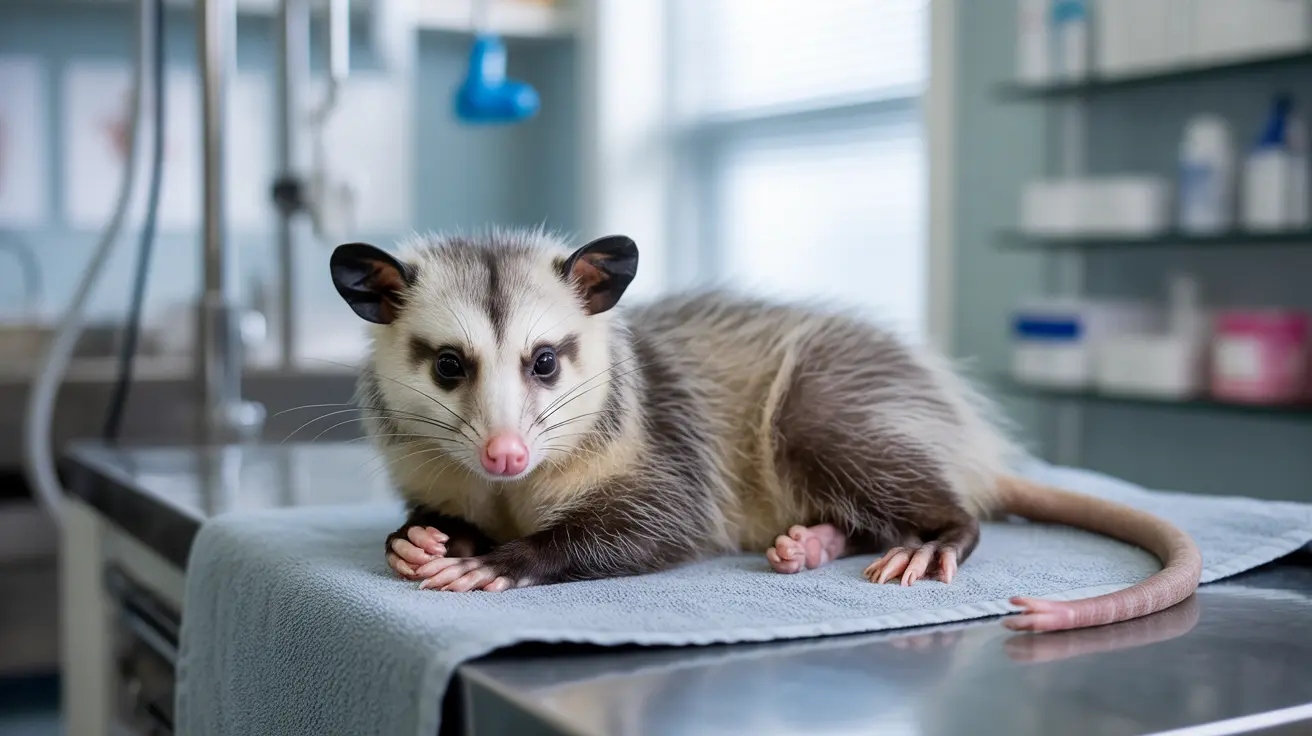Understanding the Dog Heat Cycle: Signs, Phases, and Care
When a female dog is "in heat," she is experiencing the fertile stage of her reproductive cycle, known as estrus. This natural biological process includes several noticeable signs and is crucial for both dog owners considering breeding and those aiming to prevent unplanned pregnancies.
When Does a Dog First Go Into Heat?
Most female dogs experience their first heat between 6 to 24 months of age. Smaller breeds typically mature earlier—sometimes as young as 4 to 6 months—while large breeds may not enter heat until around 2 years old. Early cycles may be irregular but usually stabilize after a few occurrences.
How Often Do Dogs Go Into Heat?
Generally, unspayed female dogs go into heat about every six months, although some may go as often as every four months or as infrequently as once a year. Each cycle generally lasts 2 to 4 weeks, with most dogs bleeding for about 7 to 10 days.
The Four Phases of the Canine Estrus Cycle
- Proestrus (7-10 days avg): Vulva swelling, bloody discharge, and attractiveness to males—but no mating behavior.
- Estrus (9 days avg): Female is fertile and receptive to mating; discharge may become pink or straw-colored.
- Diestrus (10-140 days): The fertile period ends; hormone levels fall if not pregnant. If pregnant, this phase includes gestation.
- Anestrus (100-150 days): A resting phase where reproductive hormones are inactive, leading up to the next cycle.
Signs That a Dog Is in Heat
Dogs exhibit a combination of physical and behavioral symptoms when in heat. These may include:
- Swollen vulva
- Vaginal discharge (bloody, pink, or watery)
- Increased urination and marking
- Excessive licking of genital area
- Restlessness, nervousness, or aggression
- Behavior changes, such as mounting or humping
- Tail held to the side when ready to mate
Not all dogs experience every symptom, and discharge volume varies significantly among individuals.
Behavioral Changes and Male Dog Attraction
During heat, female dogs produce pheromones in urine and discharge that attract male dogs even from considerable distances. Male dogs can become increasingly agitated or persistent in the presence of a female in estrus, leading to escape attempts or behavioral issues.
Dog Care During the Heat Cycle
- Supervision: Keep your dog away from unneutered males to avoid unplanned mating.
- Leash during walks: Even well-trained dogs can try to escape when in heat.
- Use of dog diapers: Helps manage bleeding and maintain cleanliness.
- Comfortable environment: Limit access to hard-to-clean areas, provide quiet space.
- Exercise and stimulation: Keep activities regular but avoid busy or dog-populated areas.
- Hygiene: Regular grooming and spot-cleaning may be necessary.
End of the Heat Cycle
A cycle is ending when the dog's vulva returns to normal size, discharge stops, and usual behaviors resume. Dogs do not experience menopause and can remain fertile for life, though cycles may become less regular as they age.
Health Considerations
- False pregnancy: Some dogs act pregnant after heat due to hormone shifts, showing nesting behavior and even lactation.
- Pyometra: A serious uterine infection more common in older intact females. Symptoms include lethargy and abnormal discharge; urgent veterinary care is needed.
- Cycle irregularity: Sudden changes should be assessed by a vet to rule out health problems.
Preventing Pregnancy
The most effective method to avoid unwanted litters is spaying. This surgical procedure halts heat cycles and reduces the risk of numerous health issues. Timing of spaying is a topic of veterinary debate: some recommend post-first heat, while others suggest earlier. Consult with your veterinarian for personalized guidance.
Special Tips for Managing Heat at Home
- Avoid dog parks during cycle phase
- Use pheromone sprays or diffusers to reduce stress
- Provide mental enrichment if limiting outdoor time
- Give extra affection and comfort
- Separate male and female dogs in multi-dog homes
Quick Reference Summary
- First heat: 6–24 months old
- Cycle frequency: Every 6–8 months
- Four stages: Proestrus, Estrus, Diestrus, Anestrus
- Symptoms: Swollen vulva, discharge, attraction to males, behavior changes
- Care: Hygiene, monitoring, exercise, emotional support
- Prevention: Spaying
In summary, understanding a dog’s heat cycle is essential for responsible pet ownership. It ensures your dog’s health, comfort, and well-being while preventing potential health risks and unwanted pregnancies.





